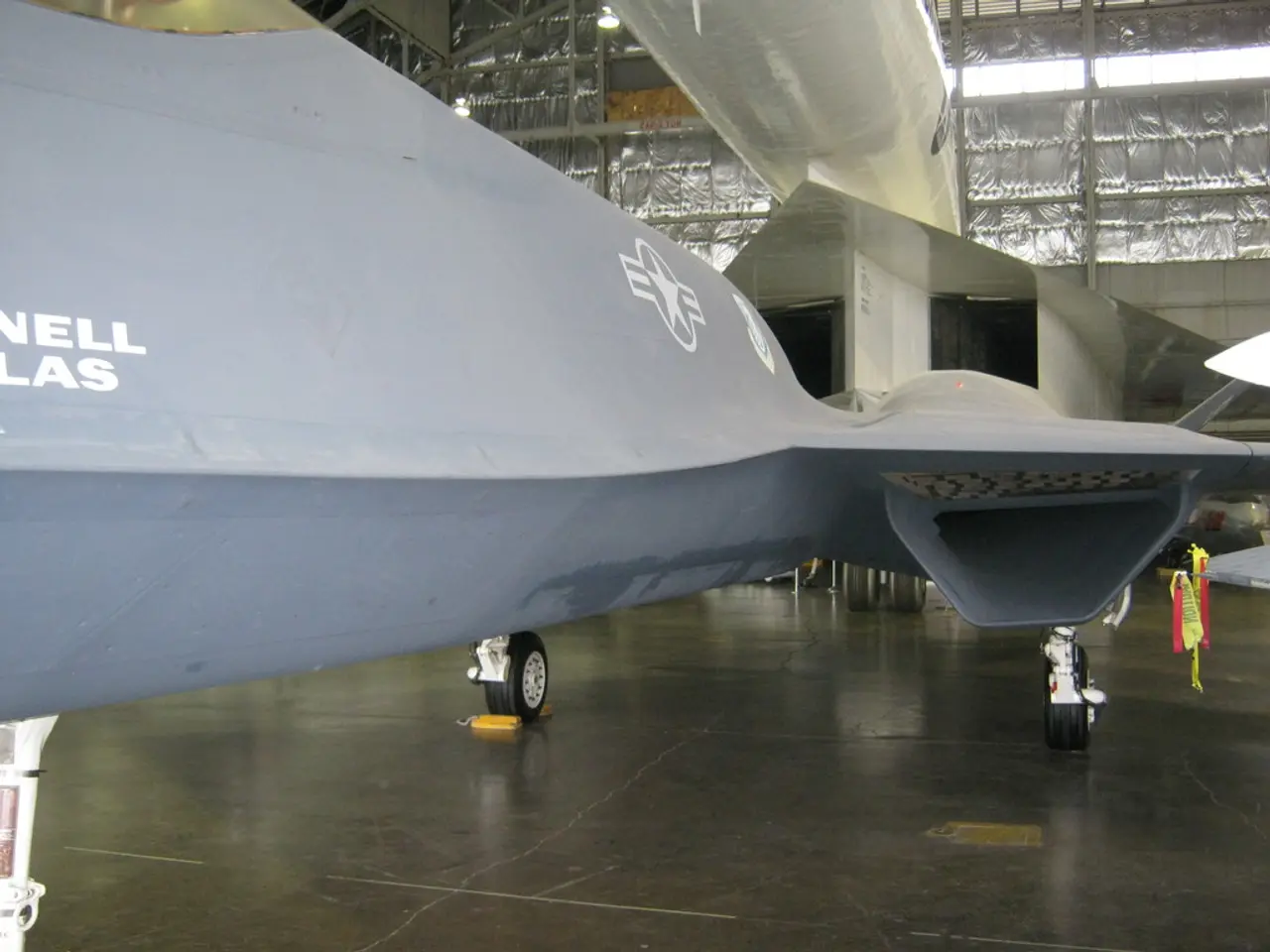Airbus' Dragonfly Tests Autonomous Flight as Future of Air Traffic Debated
The future of air traffic is under discussion, with a focus on the potential of autonomous flight. Airbus' Dragonfly project is testing this on a modified A350-1000, while the European Union Aviation Safety Agency (EASA) is studying the impact on fatigue and alertness. Meanwhile, pilot associations and safety officials have differing views on the role of pilots in this new era.
Airbus has made significant strides with its Dragonfly project, testing autonomous flight capabilities on an A350-1000. The aim is to improve safety, particularly in case of crew incapacitation, by providing an additional safety net. However, the EASA has found that the effects of long-haul operations on fatigue and alertness cannot be directly applied to reduced crew operations.
NASA advocates for a shift in perspective regarding the role of pilots in preventing accidents. The future of pilot crew in autopilot aviation is likely to involve more autonomous systems, with companies like Ribbit developing autopilot software. This could potentially reduce the number of human pilots needed while increasing their specialized roles. However, human pilots will remain crucial for critical decision-making and safety oversight.
Emergency Autoland, a feature in current glass cockpits, can land an aircraft automatically if the pilot becomes incapacitated. The future cockpit crew may consist of fewer pilots due to intelligent assistance systems. Airbus has already certified the A350F for operation with only one pilot during cruise flight, known as Extended Minimum Crew Operations (eMCO).
Despite these advancements, there are many unanswered questions before eMCO can be seriously discussed, according to pilot associations. Jennifer Homendy, head of the US National Transportation Safety Board (NTSB), opposes reducing the number of crew members.
The ongoing discussions about autonomous flight in air traffic highlight the potential for improved safety and efficiency. However, they also raise important questions about the role of pilots and the need for thorough consideration of all factors involved. As Airbus' Dragonfly project continues to test autonomous flight capabilities, the future of air traffic remains a topic of intense debate.
Read also:
- Web3 gaming platform, Pixelverse, debuts on Base and Farcaster networks
- Amazon customer duped over Nvidia RTX 5070 Ti purchase: shipped item replaced with suspicious white powder; PC hardware fan deceived, discovers salt instead of GPU core days after receiving defective RTX 5090.
- Infiltration of Estonian airspace by Russian military aircraft
- Cyber aggression intensifies by China-backed TA415 group, targeting Taiwan's semiconductor production and supply networks







